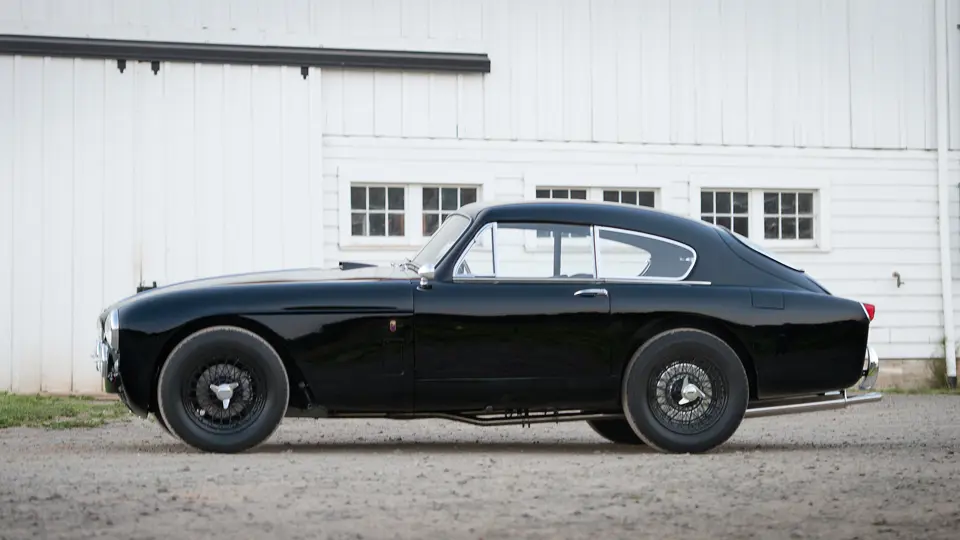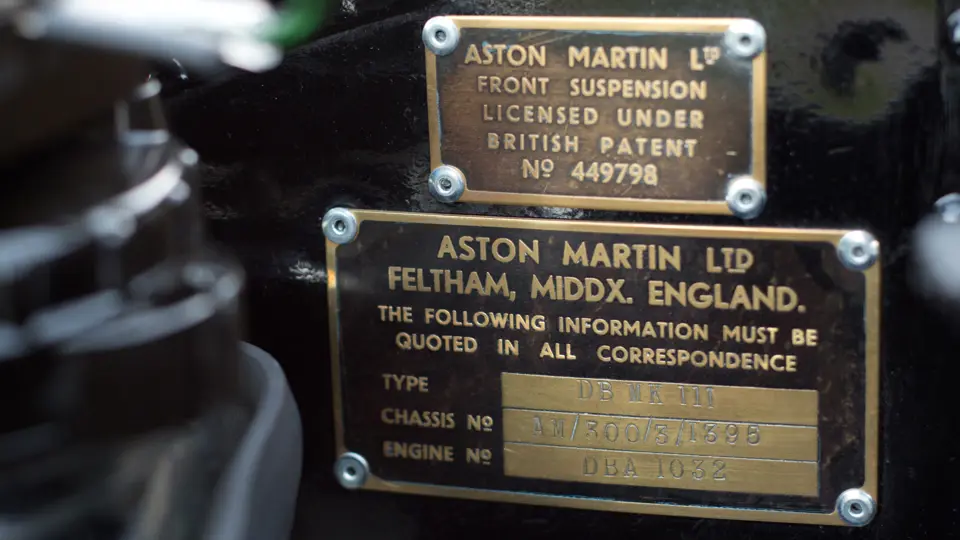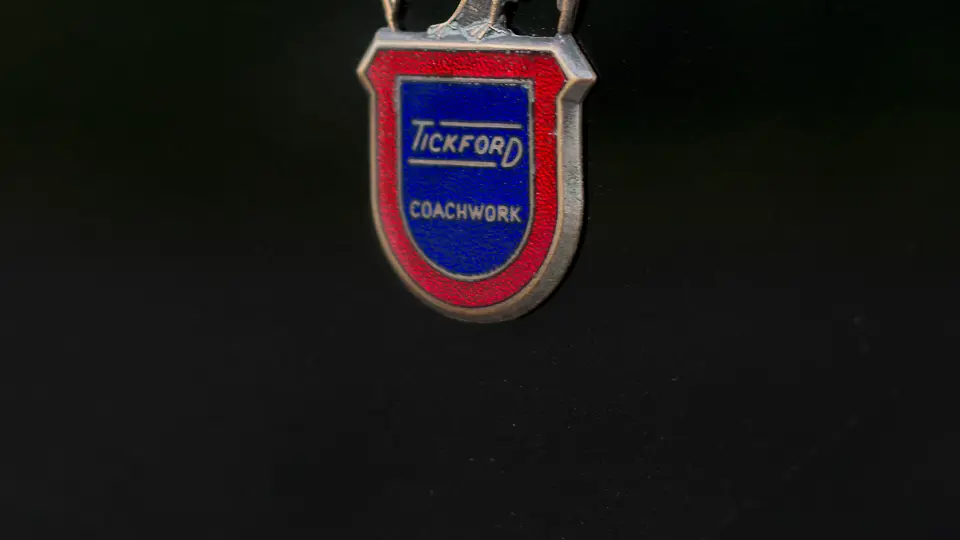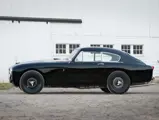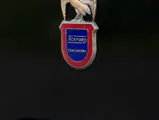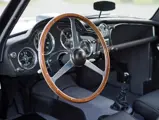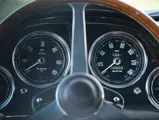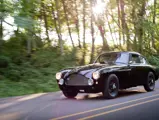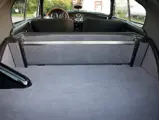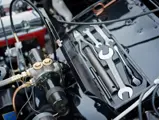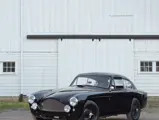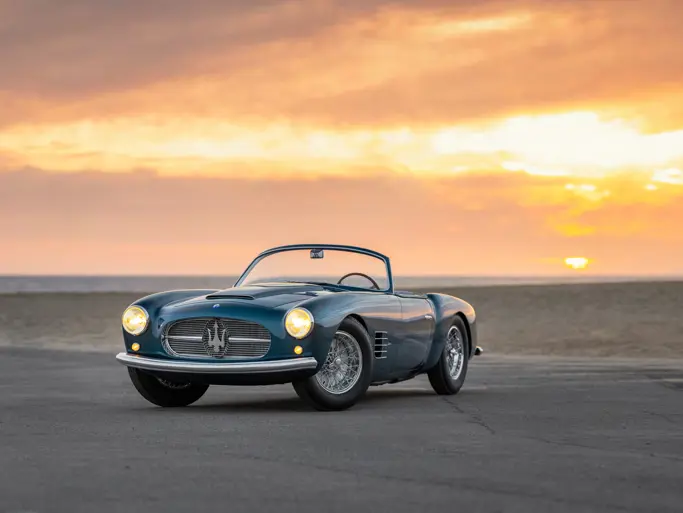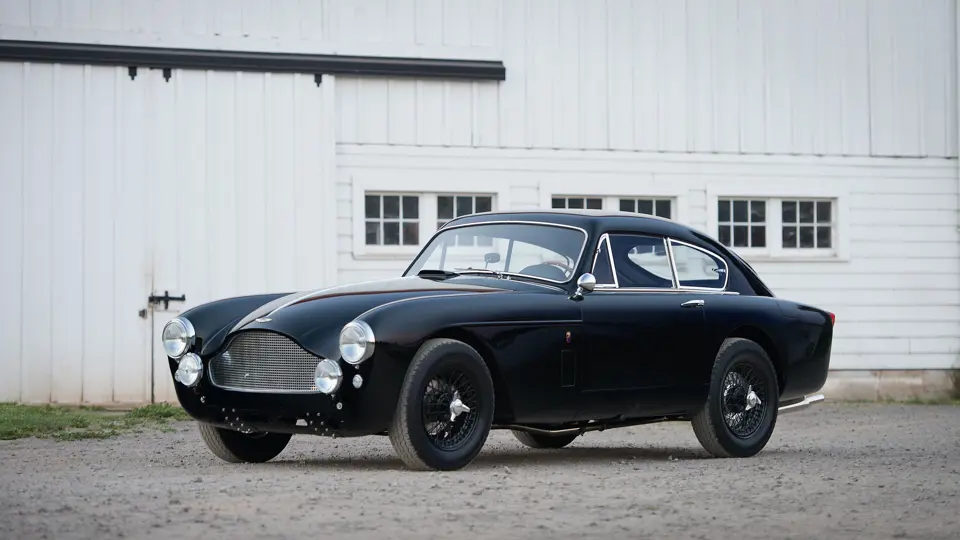
1958 Aston Martin DB2/4 Mk III
{{lr.item.text}}
$440,000 USD | Sold
{{bidding.lot.reserveStatusFormatted}}
- Factory left-hand drive, matching numbers
- Long-time California car freshly restored by marque specialists
- Prepared for show or perfect for road rallies
- Includes factory build sheet, tools, and rare owner’s handbook
178 hp, 2,922 cc DOHC six-cylinder engine with twin SU carburetors, dual exhaust, David Brown four-speed manual transmission, torsion bar independent front suspension with coil springs, live rear axle with coil springs and radius rods, and hydraulic front disc and Alfin rear drum brakes. Wheelbase: 99 in.
When industrialist David Brown rescued Aston Martin after World War II, he first introduced the baroque 2-Liter Sports in 1948, powered by a wheezy four-cylinder motor, which found a mere 14 buyers, but the DB2 of 1949 changed everything.
With an all new engine, a development of W.O. Bentley’s Lagonda twin-cam six-cylinder unit, in an elegant handmade aluminum-bodied coupe and with handsome convertible coachwork, Aston Martin set its sights on competition success and, at the same time, sales “across the pond.” Proceeds from the 1950 New York Auto Show totaled $70,000, and the company was launched in America.
Meanwhile, David Brown had hired John Wyer to enter three cars for the 1950 Le Mans 24 Hours. Two of which finished 5th and 6th overall and 1st and 2nd in their class. Aston Martin advertised this stunning success in motoring publications, and “win on Sunday, sell on Monday” proved true once again, as future F1 world champion Phil Hill and Briggs Cunningham each bought early DB2s.
The next model was deemed the DB2/4, descriptive of the occasional rear seating found below a folding panel. By 1957, 1,175 DB2s and DB2/4s had been sold—it was still a boutique operation—and then the final and most sophisticated version of the line, sometimes just called “DB Mark III,” added 551 units to the total through 1959.
The Mk III was the first Aston Martin to perfect the now ubiquitous, trademark grille, with this iteration most reminiscent of the DB3S sports racers. In the Mk III, that shape was mirrored in the dashboard for the first time, as the instruments were moved directly in front of the driver. With a stiffer block, stronger camshaft, and bigger valves, the three-liter DBA engine was the ultimate development of the W.O. Bentley design. As a further advancement, it was the first Aston Martin model to offer disc brakes, albeit on the front corners alone.
This striking example was first sold by well-known importer J.S. Inskip on October 6, 1958, to James Gillespie Dale, in Rochester, New York. Happily, it soon found its way to California. After long-time ownership there, it was sold to Japanese collector Eizo Sakaki, and a restoration commenced in the hands of Aston Martin specialist Kevin Kay, who rebuilt the engine. The car next passed into the hands of Aston Martin expert David Adams, of Lake Oswego Restorations in the Portland, Oregon area, for project completion under committed new ownership.
In Oregon, the Mk III was completely disassembled and found to be rust-free. Noted painter Tom Black prepared the car to a laser-straight condition and refinished it in lustrous black with matching wire wheels, lending it a particularly purposeful look. Upholsterer Guy Recordon refinished the interior in black leather with elegantly contrasting grey carpet. The front brakes were upgraded to Aston DB6 discs, while the original Alfin drums remain on the rear. A Tremec five-speed gearbox was fitted for spirited high-speed driving (original David Brown four-speed transmission is included), and the car rides on appropriate Avon Turbospeed radials. A rare and original leather-bound owner’s handbook and a complete tool set accompany the sale, as well as the original bumper brackets and bumper valances.
This Mk III is presented with only break-in miles since the superb and nuanced restoration, and it can be shown with great pride. At the same time, it is conceived and equipped for performance and pleasure, and it is presented as a top-flight candidate for any of the popular vintage road rallies, such as the California Mille or Colorado Grand.






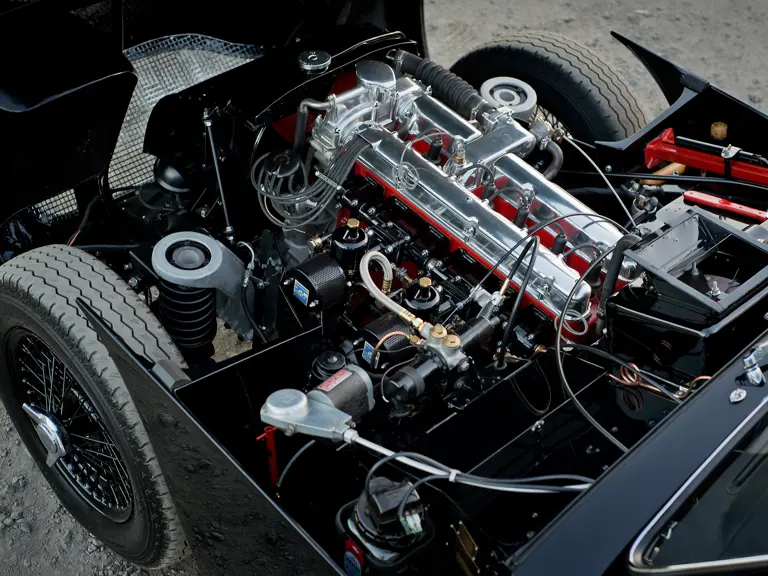
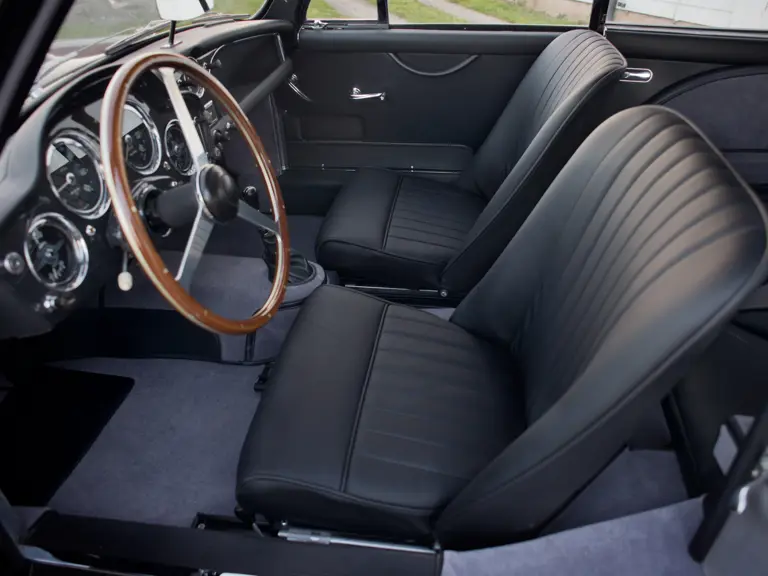
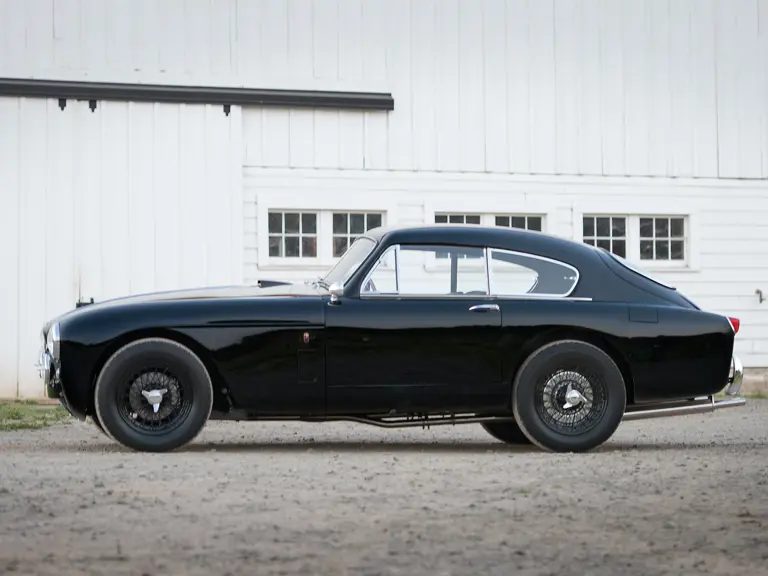
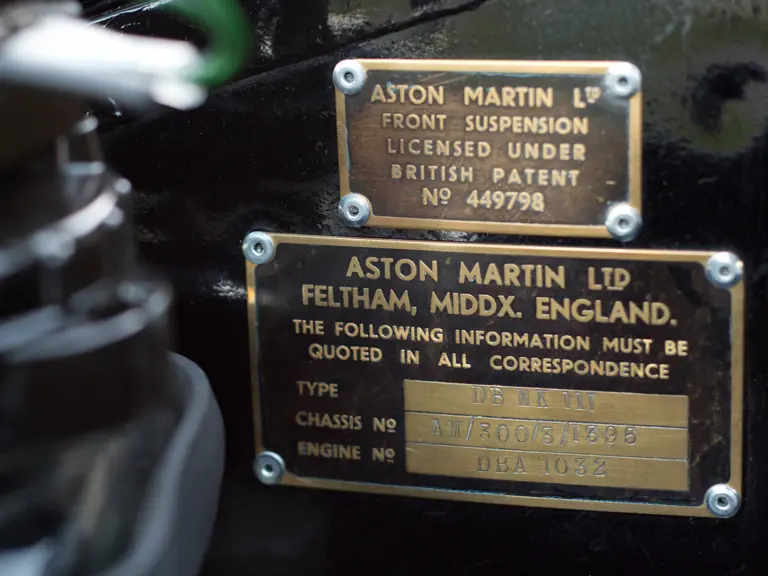
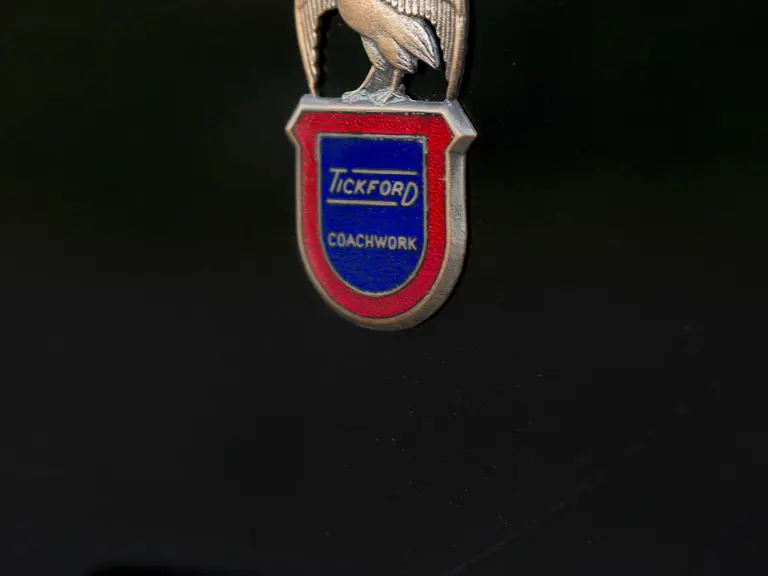
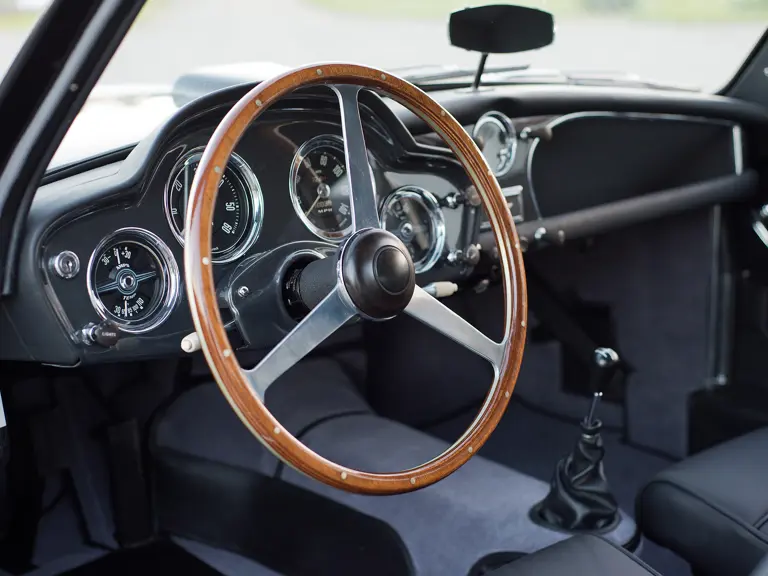

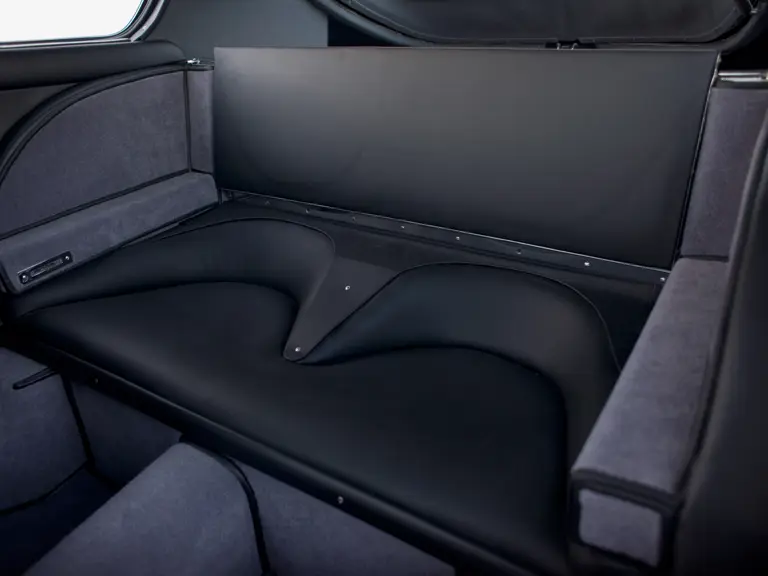
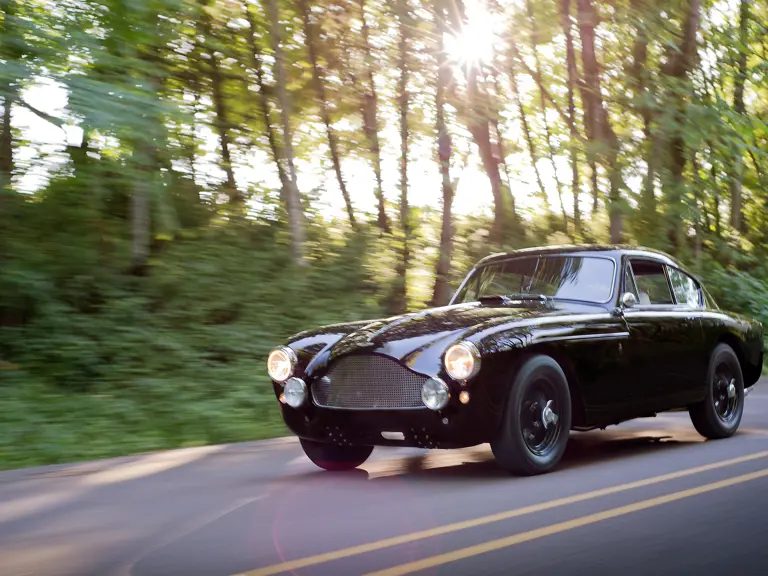

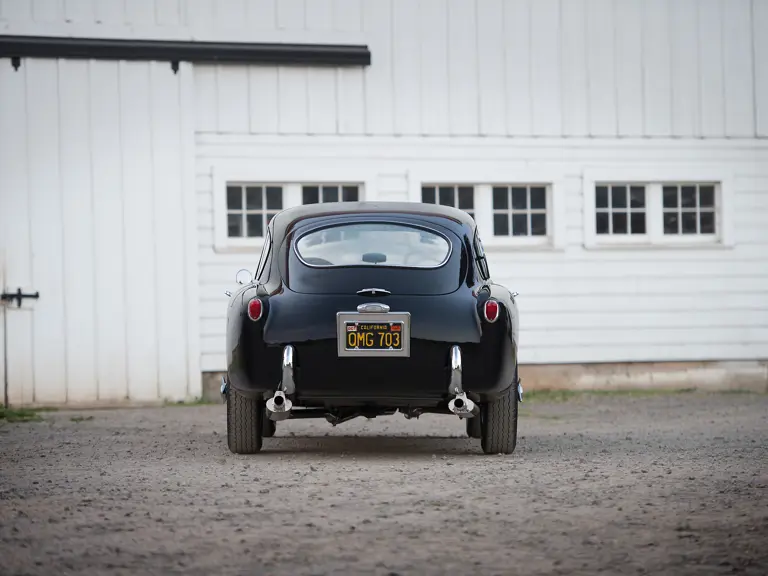

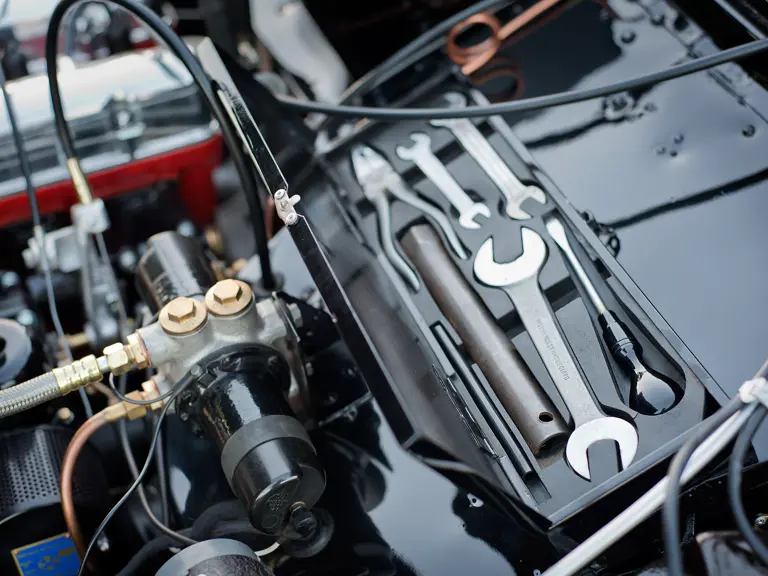
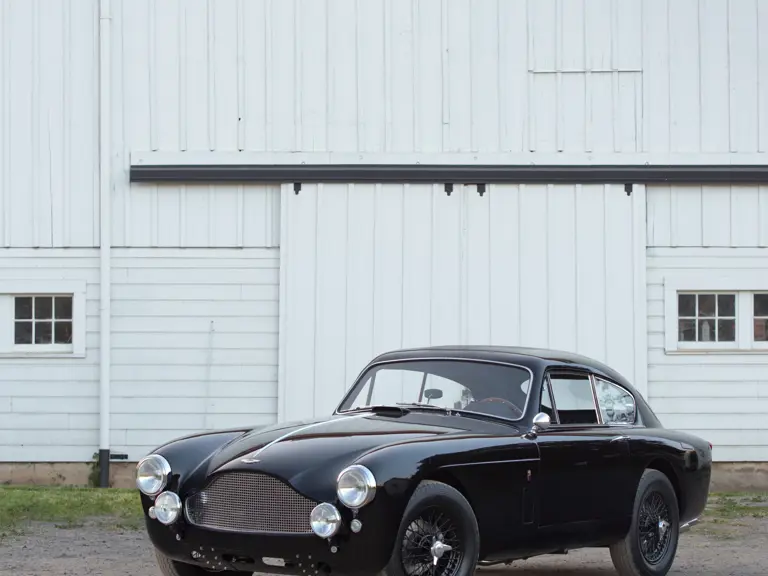
 | Monterey, California
| Monterey, California
